🌟 Interactive PPT – Regular or Irregular Verbs? 🌟
Make verb learning fun and engaging with this interactive PowerPoint presentation! Perfect for elementary ESL or EFL learners, this resource helps students distinguish between regular and irregular past tense verbs through simple questions and immediate feedback.
🧠 How it works:
Students are shown a verb and asked, “Can we add -ed?” They then choose between two options — one correct and one incorrect — to reinforce verb rules in a dynamic and visual way.
🎮 Why teachers love it:
✔️ Interactive and self-checking
✔️ Great for whole class, small groups, or centers
✔️ Supports grammar understanding with repetition and visual support
Ideal for primary English classes or grammar review sessions. Ready to use — just open and go!
🌟 PPT Interactivo – ¿Verbo Regular o Irregular? 🌟
¡Haz que aprender los verbos sea divertido y dinámico con esta presentación interactiva en PowerPoint! Ideal para estudiantes de inglés como segunda lengua (ESL/EFL) en nivel básico, este recurso ayuda a diferenciar los verbos regulares e irregulares en pasado a través de preguntas simples y retroalimentación inmediata.
🧠 ¿Cómo funciona?
Se presenta un verbo y se pregunta: “¿Podemos agregar -ed?” Luego, los estudiantes eligen entre dos opciones —una correcta y otra incorrecta— reforzando las reglas gramaticales de forma visual e interactiva.
🎮 ¿Por qué les encanta a los profesores?
✔️ Interactivo y autocorregible
✔️ Perfecto para clases completas, grupos pequeños o estaciones
✔️ Refuerza la gramática con repetición y apoyo visual
Ideal para clases de inglés en básica o como repaso de gramática. ¡Listo para usar — solo abre y comienza!
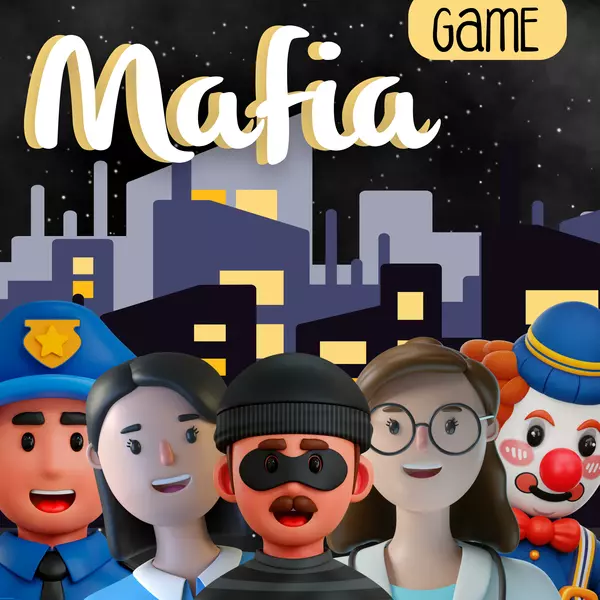
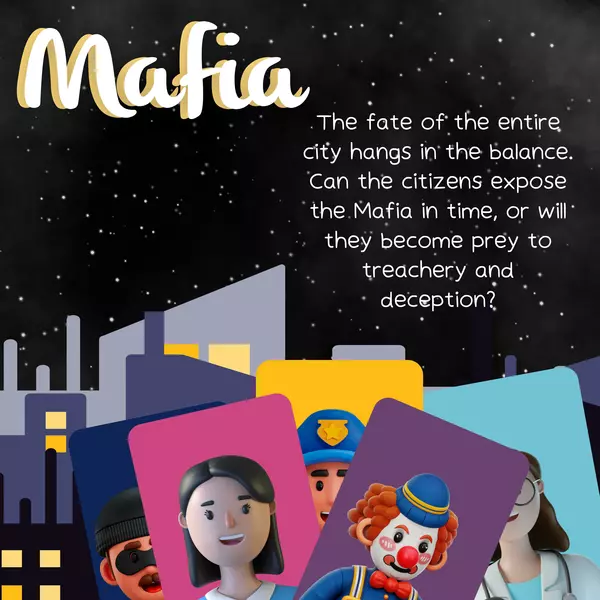
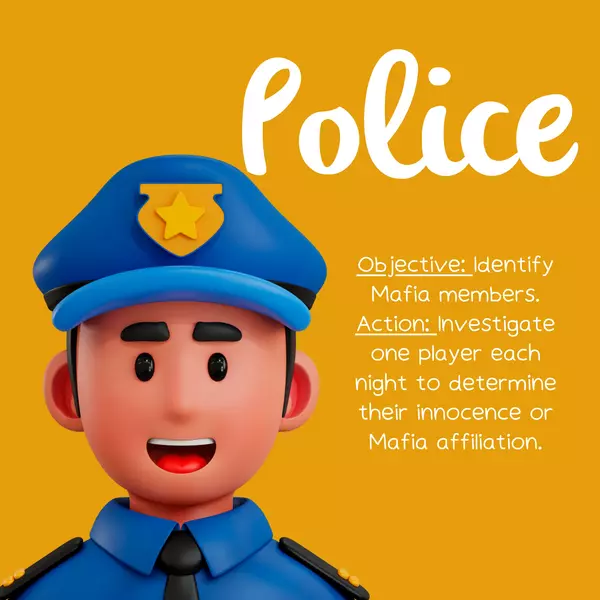
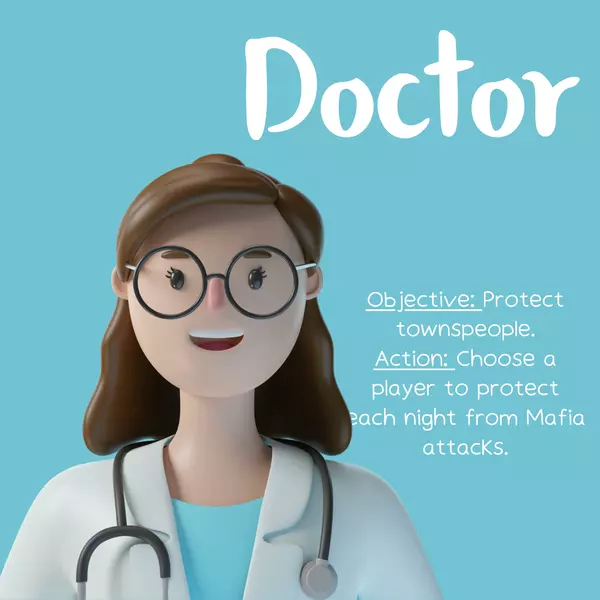
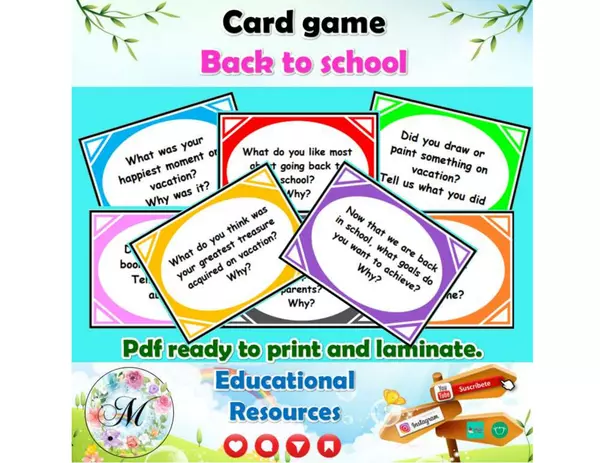
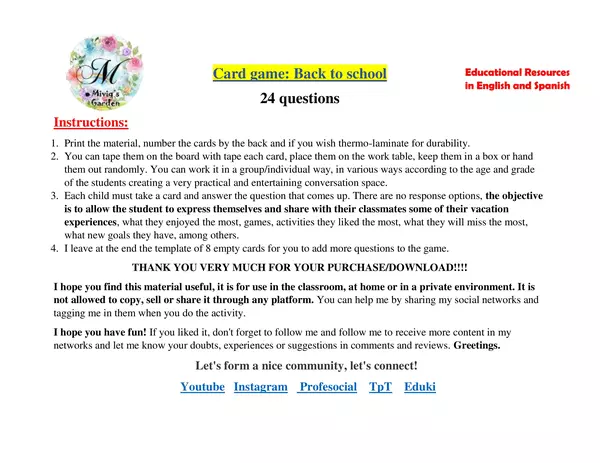
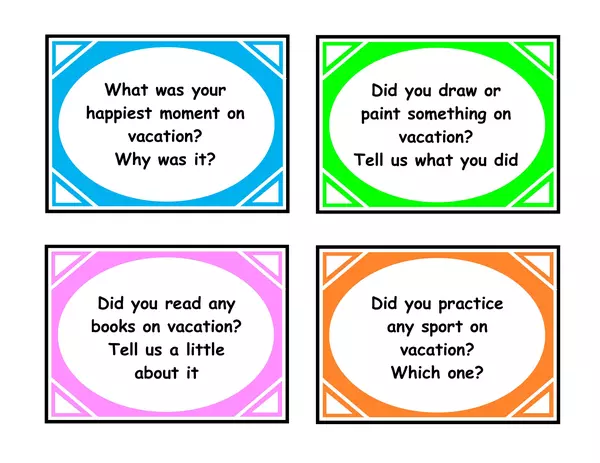
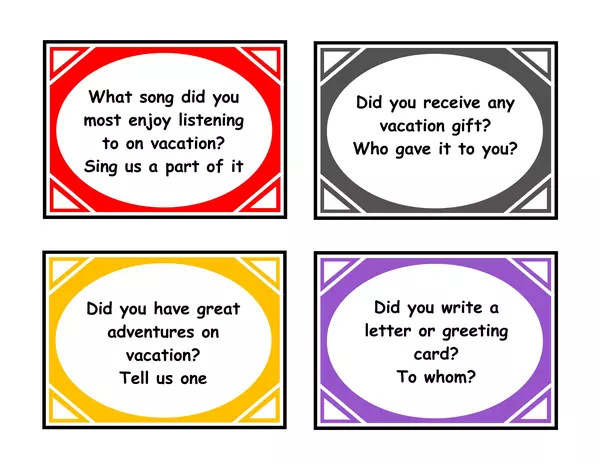
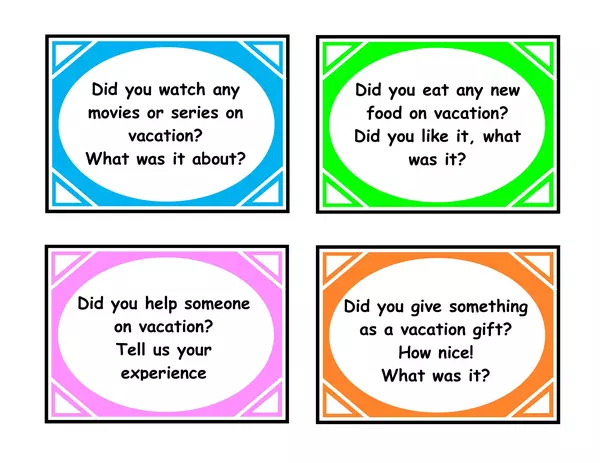
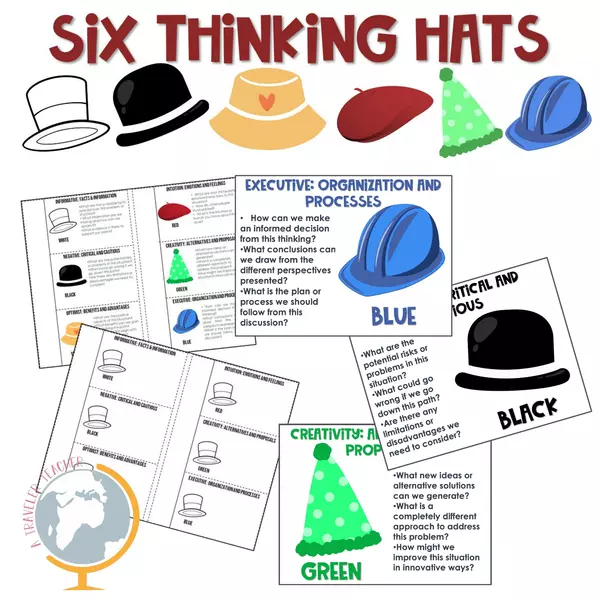
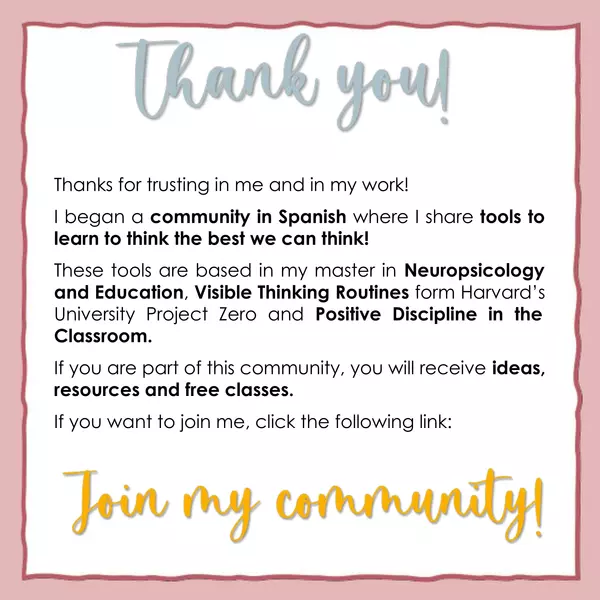

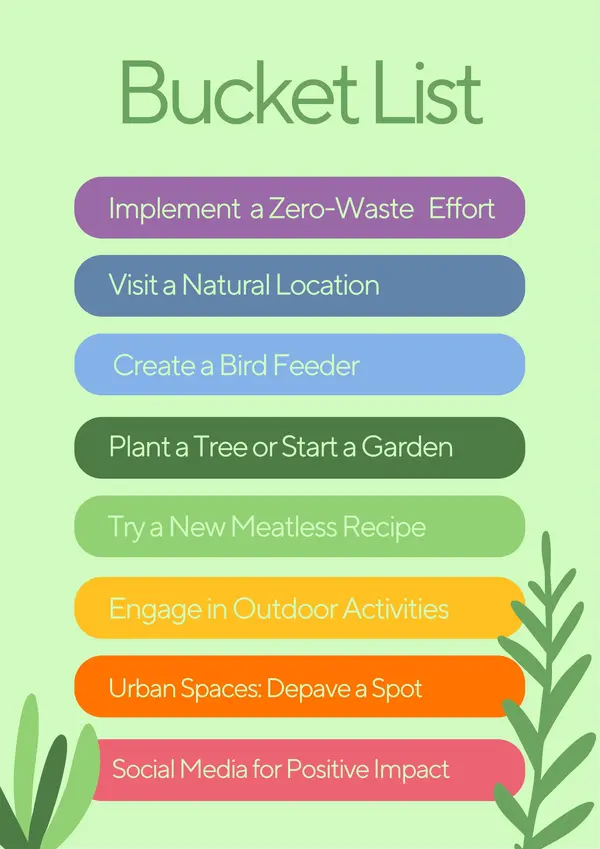
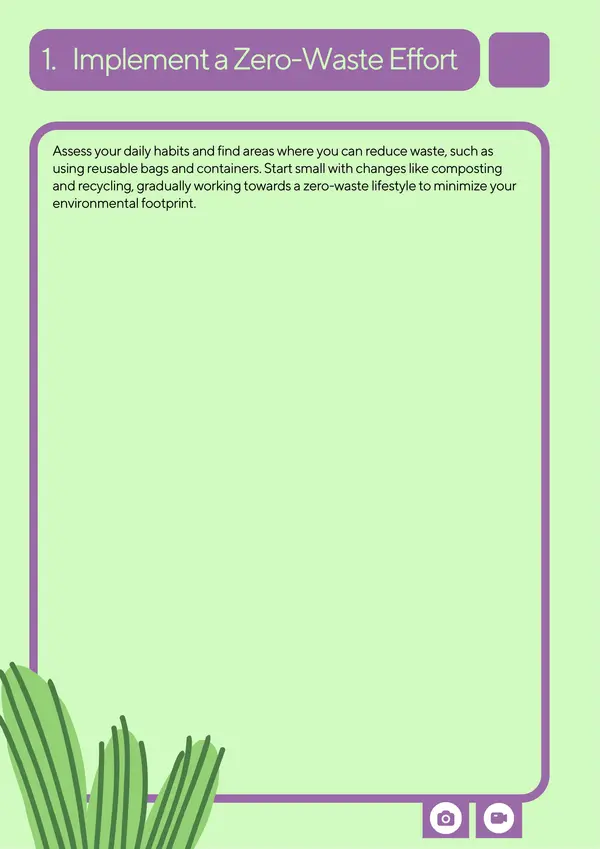
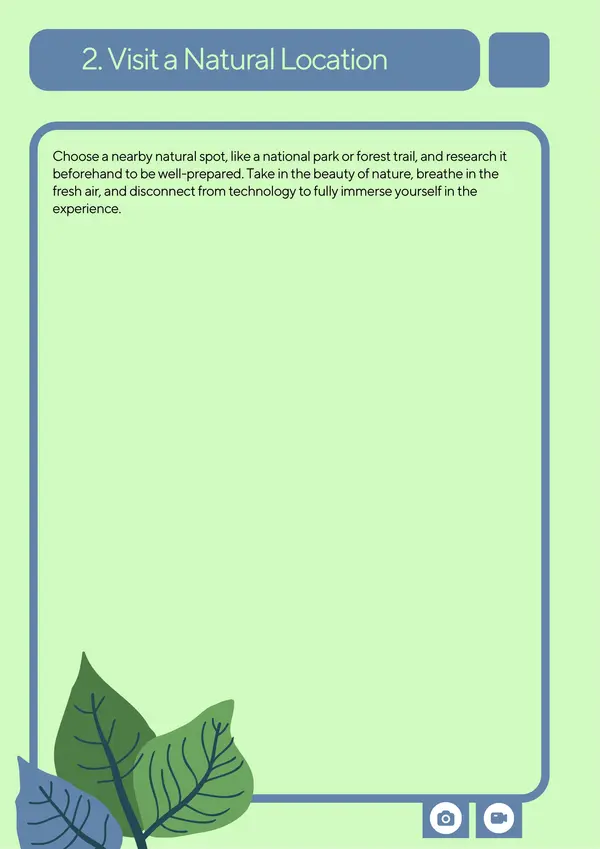
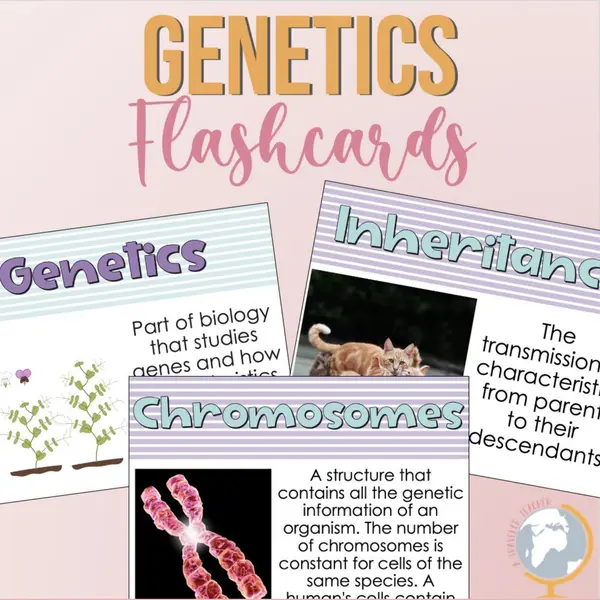
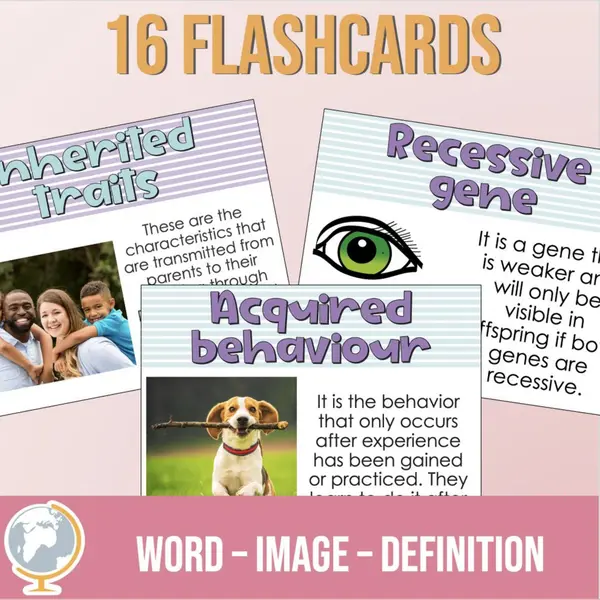
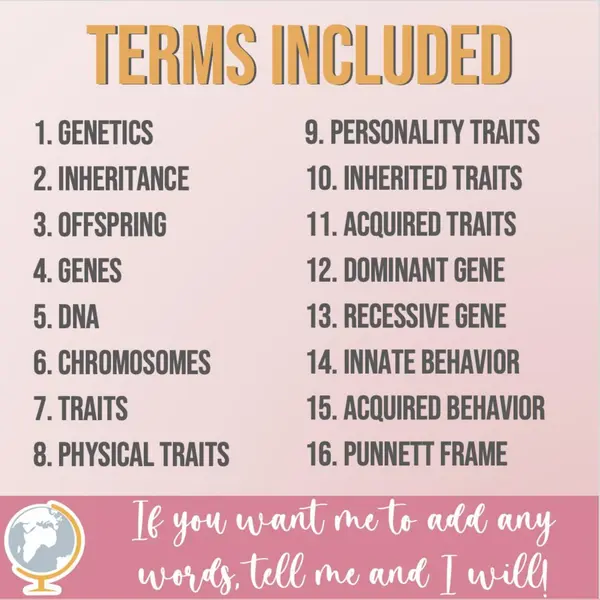
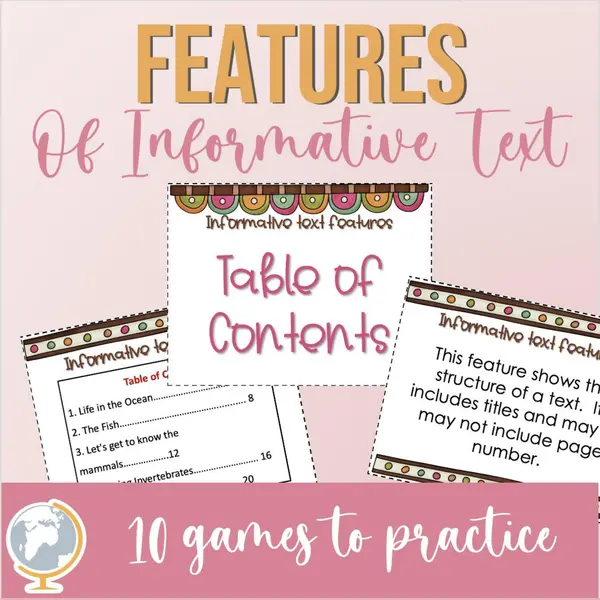


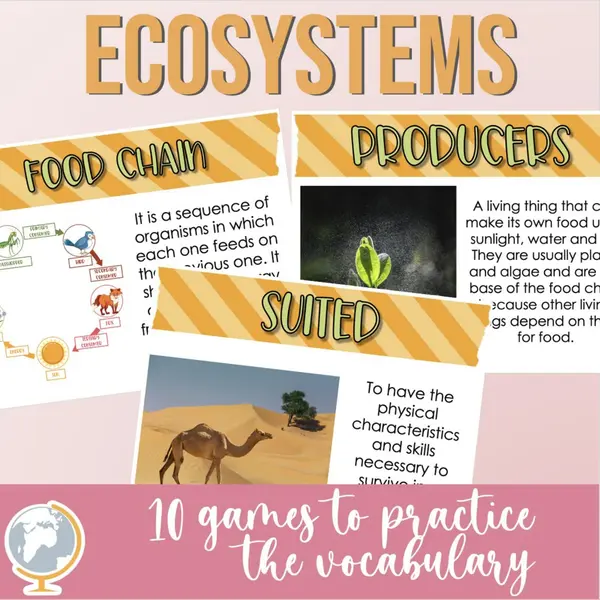
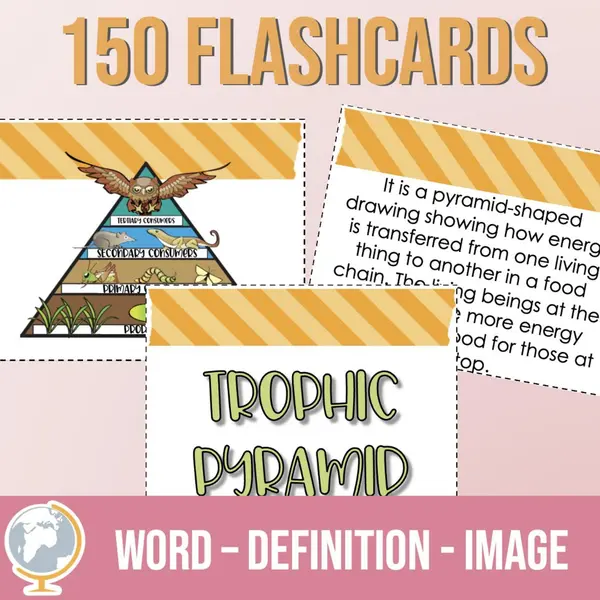
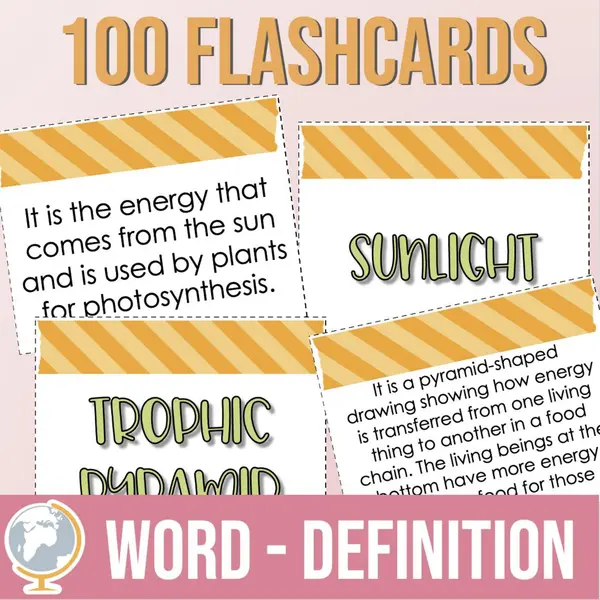
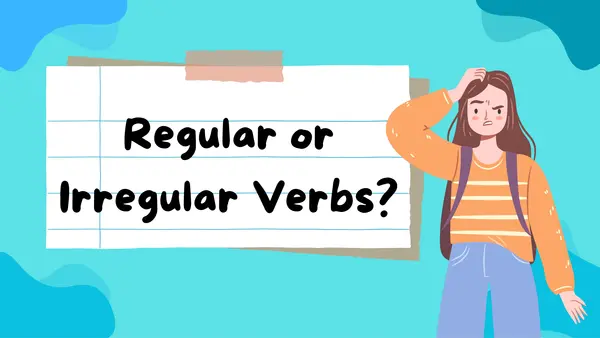
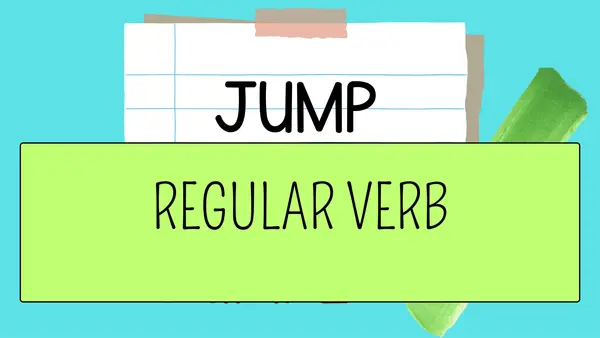
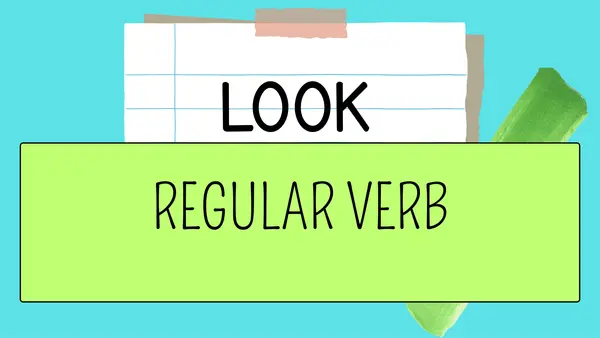
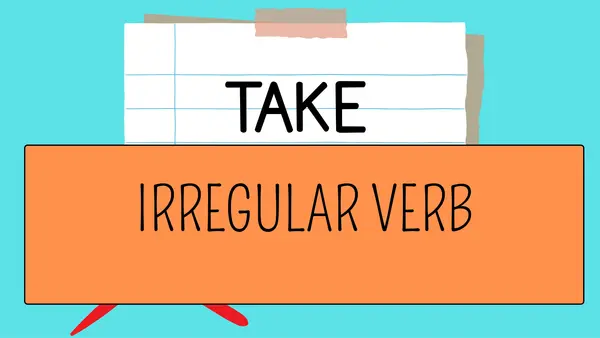
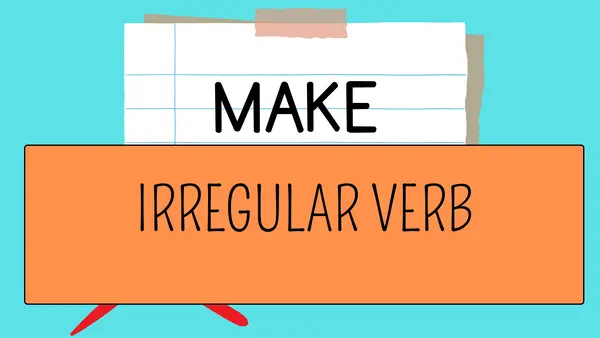
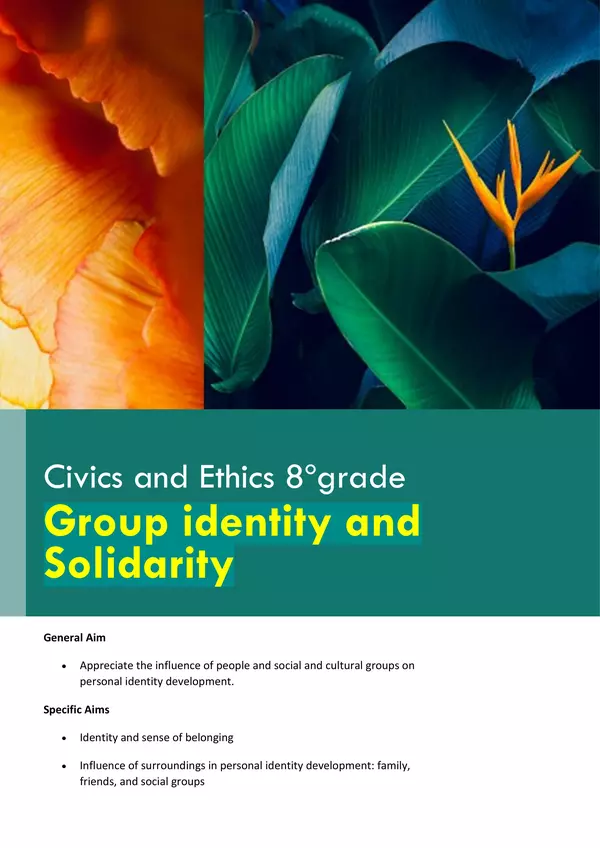
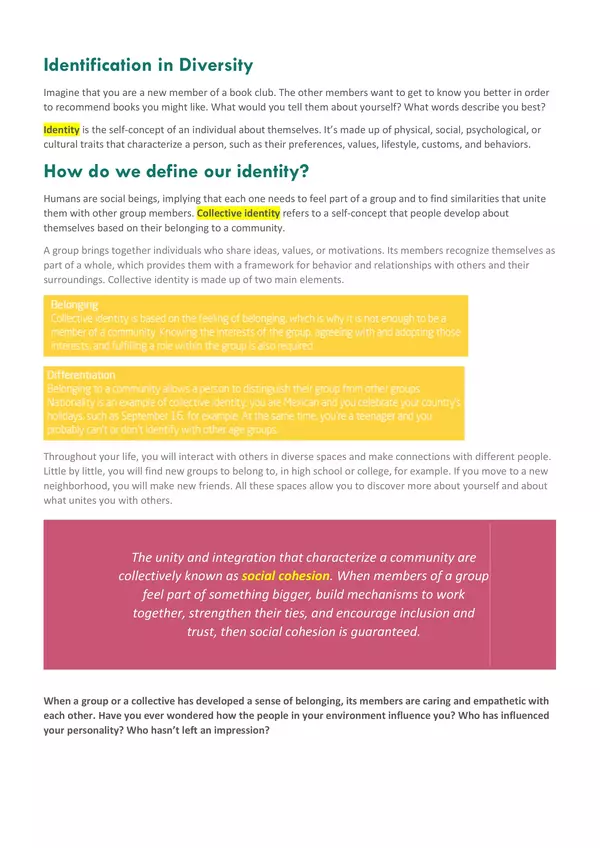
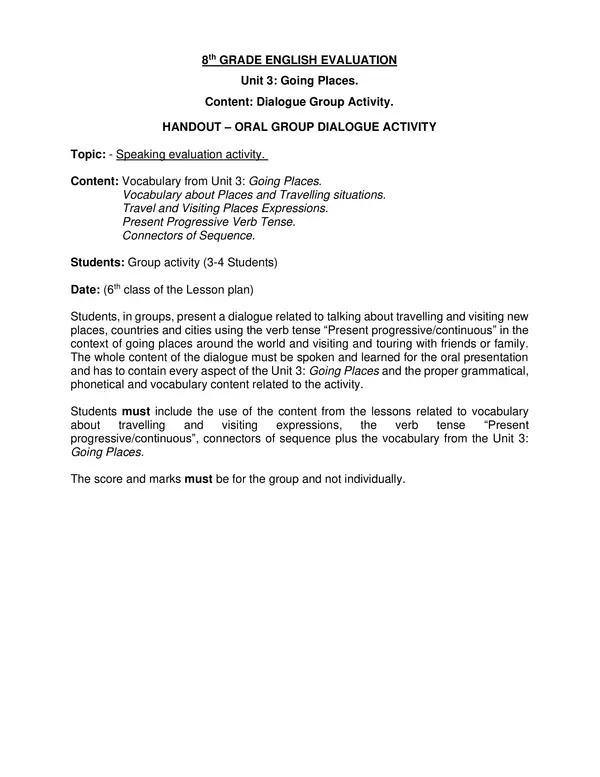
There are no comments yet, write one yourself!